For some reason, I’ve always been interested in the heart. In fact, I focused my nursing career around it. It was only later that I realized why.
KYLE PASSES OUT
My son, Kyle, has always been active and athletic, playing soccer and hockey starting at age 5. One day in June 2015, he passed out during soccer practice. They called me and an ambulance. By the time I arrived, he was awake, but looked pale and sweaty. I figured he must have been dehydrated. But as a precaution, we had him checked out at Cincinnati Children’s Heart Institute. He had multiple tests, including an electrocardiogram (EKG), echocardiogram (echo) and stress test.
The EKG and echo showed that he had a minor abnormality. His other tests were reassuring, so he was cleared to play with the caveat that he needed to increase fluids.
Being a cardiac ICU nurse, something in the back of my mind told me that either my husband or I needed to be at all of his practices. I educated my husband and other children on the importance of quick response, CPR, and AEDs. So when he started back, one of us was there for each practice. After about a month with no issues, we started to relax. We hoped that his passing out was a simple case of dehydration.
KYLE GOES INTO SUDDEN CARDIAC ARREST
On August 18, 2015, my husband was attending Kyle’s game while I was at our daughters’. I received a call from my husband saying that Kyle passed out again. The athletic trainer saw him and the situation made her nervous, so she asked someone to get the AED and call 911.
While I was on the phone with his cardiologist to see if we should take him to the ER or wait until the morning, Kyle took a turn for the worse. He stopped breathing and lost his pulse.
My husband and another dad started CPR. The AED arrived within minutes and showed that he was in a lethal arrhythmia called ventricular fibrillation, or when the heart fails to contract properly. This is a cause of sudden cardiac arrest. The AED then delivered a shock that saved his life.
QUICK RECOGNITION, CPR, AND AED SAVES KYLE’S LIFE
Because of their quick recognition, effective CPR and an AED that was already at the field, his heart returned to a normal rhythm. From that moment on, his life and ours changed forever – a change for which we are unequivocally grateful. Too many teens aren’t as lucky as Kyle was. In fact, the AED that was on the field was donated by Cameron’s Cause, a foundation that donates AEDs to schools and athletic fields. The family who started it lost their son to sudden cardiac arrest four years prior.
GENETIC TESTING FINDS CARDIOMYOPATHY
Kyle had further testing at Cincinnati Children’s Heart Institute, including genetic testing. They found that he has a gene mutation that causes cardiomyopathy and arrhythmias. Because of that, he now has an implantable internal cardiac defibrillator (ICD). This shocks him whenever he goes into a lethal arrhythmia. It has happened multiple times since then. That device is his guardian angel and we all sleep a bit easier knowing that it’s there.
KYLE NOW
Kyle is now 23. He has graduated college and is working at a community college tutoring students. He does not participate in sports, but stays active by walking his dog. He needs another procedure before we feel ready for him to be out on his own. But we are so happy for him to be where he is.
WHY I’M INVOLVED WITH PROJECT ADAM
And that’s why when I heard about Project ADAM starting at Cincinnati Children’s, I knew I had to be involved. The Heart Institute partners with Project ADAM to work with schools to become a “Heart Safe School.” This means that they have a written Cardiac Emergency Response Plan, accessible AEDs, and a team of CPR/AED trained staff who conduct emergency response practice drills. As a team, we reach out to schools and explain what project ADAM is, what it requires, and how it can help save lives.
So many things played into Kyle surviving cardiac arrest. My interest in the heart and educating my husband, children, and anyone who will listen about CPR and the importance of an AED. The quick response by the athletic trainer. The recognition of his arrest and immediate CPR. The AED that was already at the field. I want to help prevent another parent from experiencing the tragedy of losing a child due to the lack of access to an AED. I want people to know that when events like this happen, there is action that they can take to help.
I want them to know that they too, can take an interest in the heart and maybe change someone’s fate.

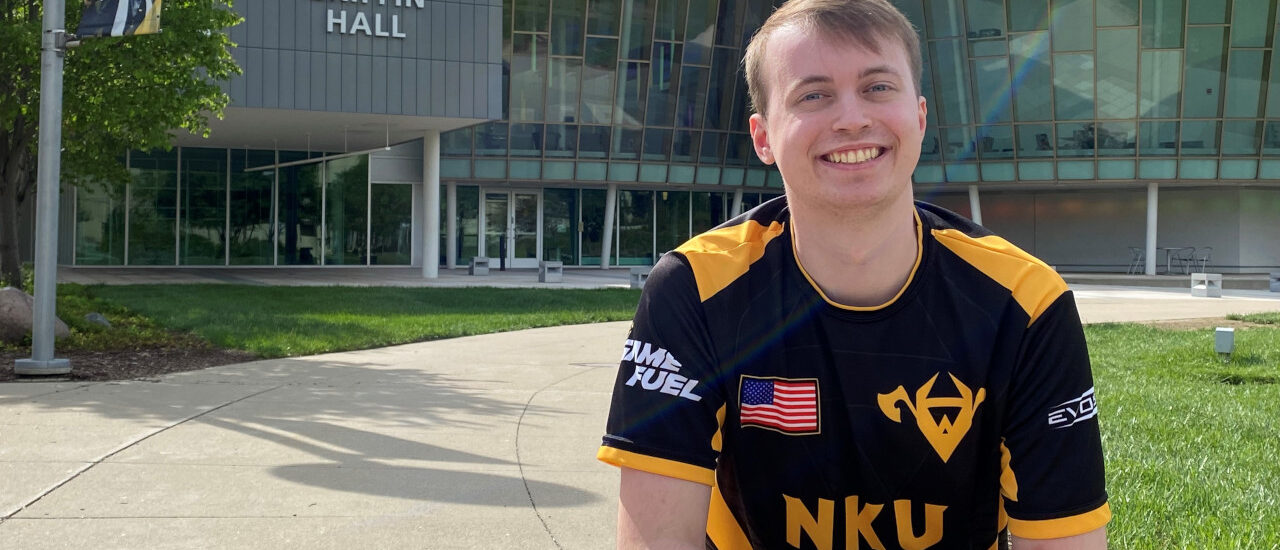
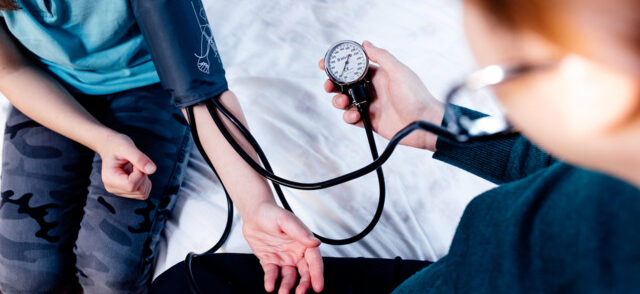
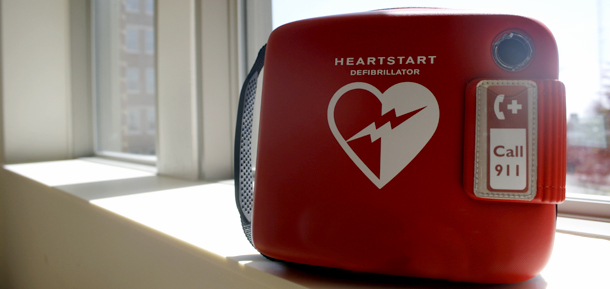
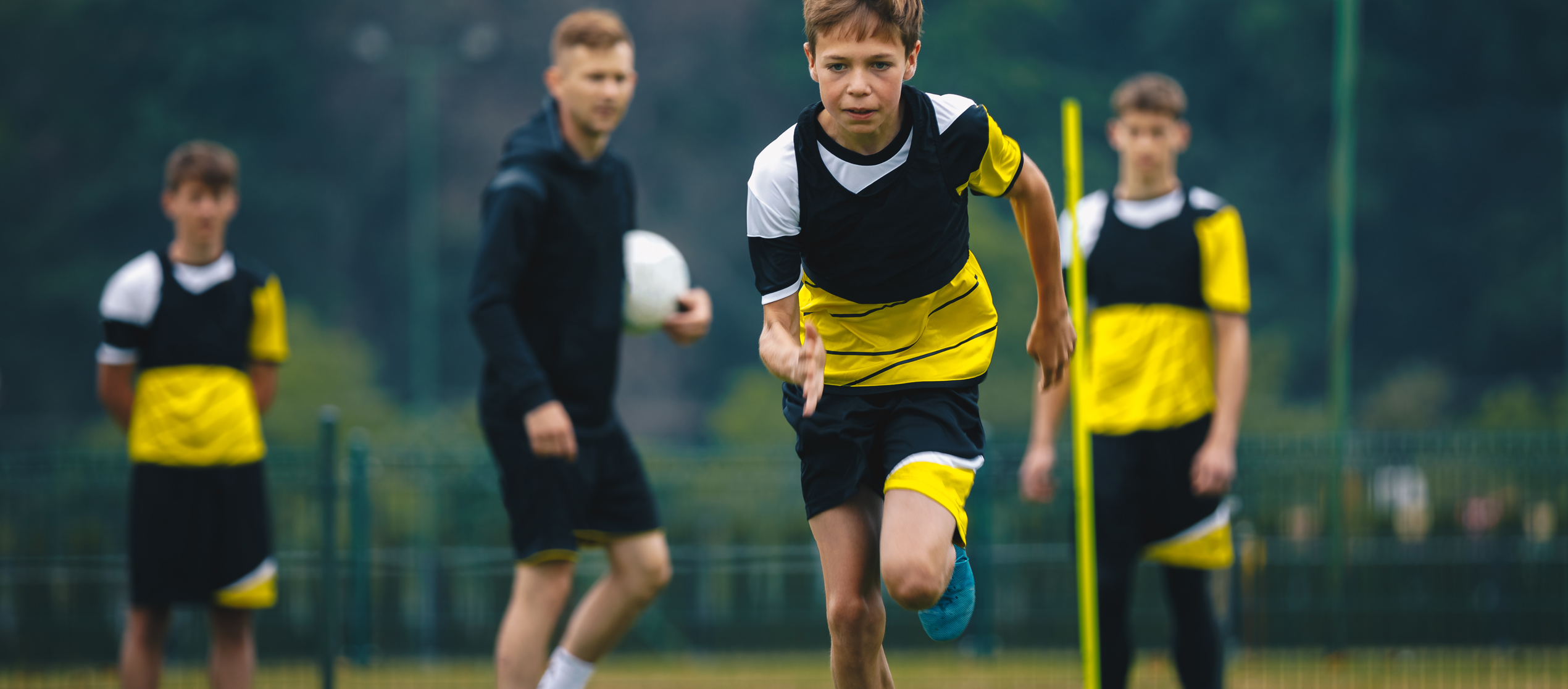
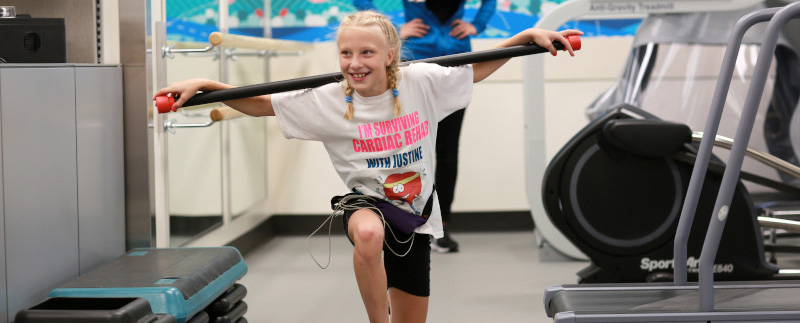

Thank you, Brenda, for sharing your story and using your nursing experience to help others.
I worked as nurse at Cincinnati Children’s years ago when I had my first son. He’s was born with a common congenital heart defect that was fixed surgically there when he was 8 weeks ago. So to say I’m familiar with annual cardiologist appointments is an understatement. My son is 19 and in great shape today from all the excellent care he’s received. In saying that, I also have a feeling I need to help pay it forward for our younger population.
I’ve begun volunteering at a foundation that does EKG and echo screenings for around $40 for a child to look for any abnormalities. These screenings are completed all over Phoenix by volunteers. I’m looking forward to pursuing how to help this foundation grow to be able to help so many more youth.
I’m happy to see that you understand why you had a passion for the heart! ??
Thank you for what you are doing!